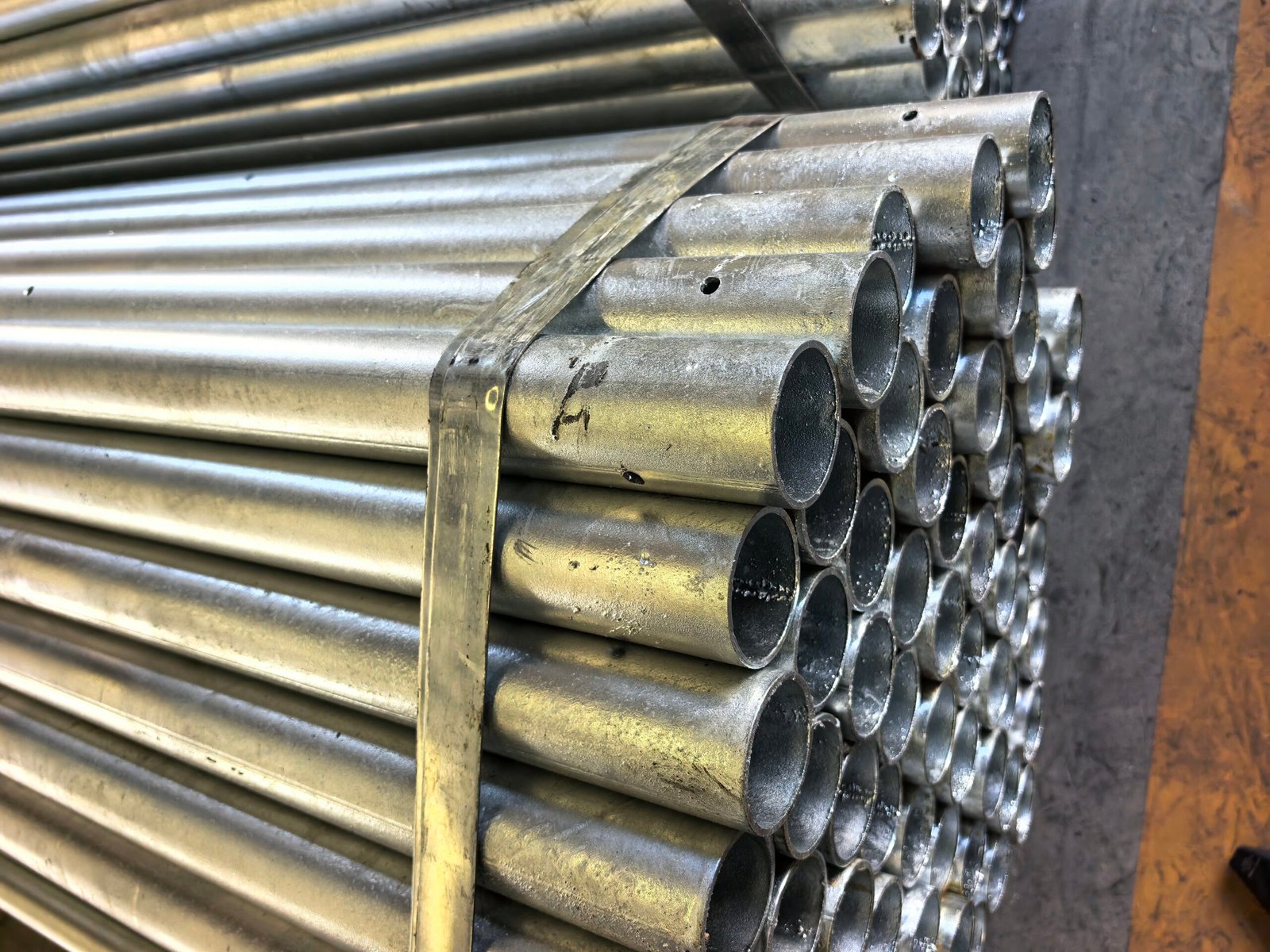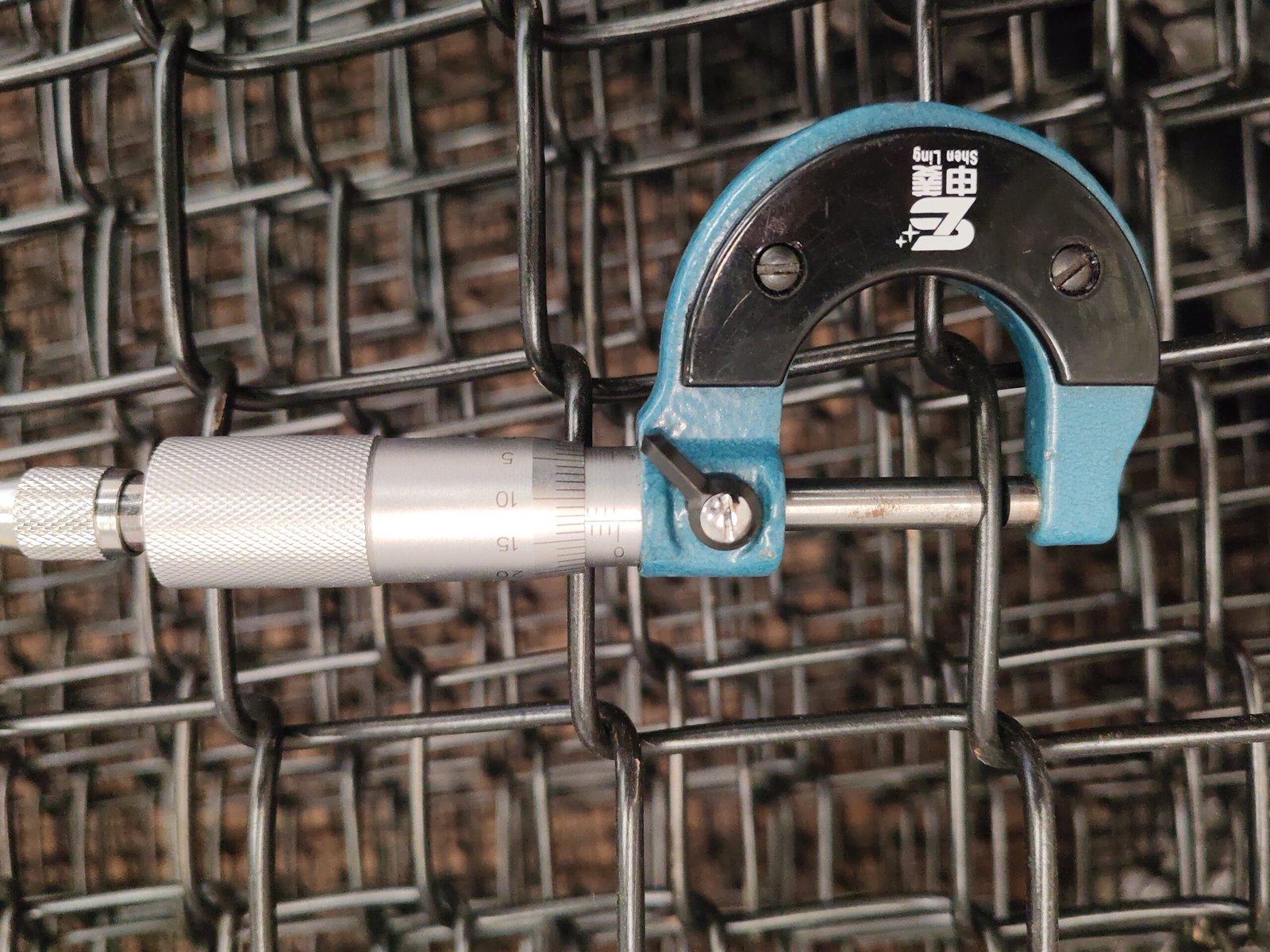Understanding Embodied Intelligence
Embodied intelligence refers to the concept in which cognitive processes are closely integrated with physical interactions within an environment. This innovative approach implies that intelligence does not solely reside in the brain but is distributed across the body and the environment itself. Essentially, the body is considered an active participant in cognitive tasks, allowing for adaptability and learning from sensory experiences. This paradigm shift has significant implications across various fields, including robotics, smart technologies, and human-computer interaction.
The principles of embodied intelligence center on the idea that physicality plays a crucial role in shaping cognitive abilities. For instance, a robotic system equipped with sensors can learn from its interactions with its surroundings, adjusting its behavior based on feedback received from environmental stimuli. This learning capability enables robots not only to perform predefined tasks but also to adapt and optimize their actions over time. Consequently, the integration of embodied intelligence can enhance the efficiency and effectiveness of automated systems.
One notable application of embodied intelligence is found in the development of robotic systems designed for precise manipulatory tasks. These robots employ tactile sensors and advanced algorithms to interpret data from the physical world, subsequently refining their movements in real-time. Additionally, smart technologies utilize embodied intelligence principles to create devices that can respond intuitively to user inputs, enhancing user experience and functionality.
The benefits of merging intelligence with physical structures extend beyond robotics. In the realm of architecture, for example, structures can be designed to respond to environmental changes, such as temperature fluctuations or occupancy levels. This adaptability can lead to more sustainable building designs that optimize energy usage. Overall, embodied intelligence illustrates the profound potential of integrating cognitive processes with physical systems to improve adaptability, efficiency, and functionality across various disciplines.
Current State of Metal Fencing Systems
Metal fencing systems, known for their durability and strength, are widely utilized across various sectors including residential, commercial, and industrial applications. The most commonly used materials for constructing these fencing systems include steel, aluminum, and wrought iron. Each material possesses unique properties; for instance, aluminum is lightweight and resistant to corrosion, making it suitable for coastal areas, while wrought iron exudes a classic aesthetic appeal that is often favored in decorative applications.
The design of metal fencing systems can vary significantly, ranging from utilitarian styles that prioritize functionality to ornate designs that serve aesthetic purposes. Standard designs often include chain-link, picket, and decorative panels. These fencing systems serve multiple purposes, such as providing security, enhancing property value, and delineating boundaries. However, despite their benefits, traditional metal fencing systems come with a set of limitations that necessitate innovation within the industry.
One notable challenge is safety. Many conventional designs do not incorporate features to protect against breaches effectively, leading to increased theft and vandalism in unsecured areas. Maintenance issues also pose significant concerns; while metal fencing generally requires less upkeep than wood, it can still succumb to rust and damage over time, particularly in harsh climates. Furthermore, the inability of traditional fencing systems to adapt to dynamic environments is a critical shortcoming. For example, as urban landscapes evolve or natural barriers change, existing metal fencing may prove inadequate, necessitating replacements or modifications that can be costly and time-consuming.
These challenges highlight the demand for innovation in fencing technology. There is a growing need for systems that enhance adaptability, safety, and maintenance efficiency, thereby addressing the limitations associated with conventional metal fencing systems.
Combining Embodied Intelligence with Metal Fencing
The integration of embodied intelligence into metal fencing systems represents a significant advancement in enhancing functionality and security. By incorporating technologies such as sensor integration, artificial intelligence (AI) algorithms, and machine learning, metal fences can evolve from static barriers to dynamic, responsive systems. For instance, the use of embedded sensors can facilitate real-time monitoring of environmental conditions, detecting changes such as temperature fluctuations, vibration, or unauthorized access attempts. These sensors can relay information to a central system that processes data and offers actionable insights.
Moreover, AI algorithms can analyze the data recorded by these sensors, learning from past occurrences, and adjusting responses for future incidents. For example, if a sensor detects an unusual vibration along the fence line, the AI can evaluate the data against historical trends to differentiate between benign causes, such as animals, and potential threats. This level of intelligence enables a tailored security response that can trigger alerts or activate cameras, thus enhancing protection without unnecessary alarm.
Machine learning complements these systems by continuously improving their decision-making capabilities. As the system collects more data, it becomes more adept at predicting potential breaches or environmental changes. This learning process enhances user experience, as users can receive proactive alerts tailored to specific circumstances, instead of generic notifications. By automating responses based on real-time data and learned behavior, metal fencing systems can not only provide enhanced security but also optimize maintenance needs by alerting users to potential issues before they escalate.
Ultimately, the combination of embodied intelligence and metal fencing systems represents a new frontier in smart security solutions, transforming traditional fencing into proactive guardians of property and safety. These advancements demonstrate the potential for enhanced user experiences, fostering a greater sense of security and environmental awareness in an increasingly complex world.
Benefits and Future Implications
The integration of embodied intelligence into metal fencing systems presents a range of advantages that can significantly improve the overall functionality and aesthetic appeal of these installations. One of the most notable benefits is enhanced safety. Metal fences equipped with intelligent sensors can detect intrusions or unusual movements, effectively alerting property owners or security personnel in real-time. This smart capability not only deters potential threats but also contributes to a greater sense of security for residents and businesses alike.
Furthermore, the operational costs associated with traditional security measures can be reduced through the deployment of intelligent fencing systems. By automating functions such as surveillance and access control, organizations can save time and resources while maintaining optimal security levels. These advanced systems can be tailored and monitored remotely, allowing for efficient management and minimizing the necessity for on-site personnel, which can lead to significant financial savings over time.
Apart from safety and cost-efficiency, the aesthetic value of metal fencing systems can be greatly enhanced through advanced design options made possible by technology. Customization features, such as LED lighting or integrated plant growth systems, can be incorporated into the fence design, marrying functionality with beauty. This versatility not only makes these fencing systems ideal for security purposes but also adds to the overall appeal of urban environments.
Looking toward the future, the potential applications of embodied intelligence in fencing systems extend beyond mere security. Future innovations may see smart fencing used for privacy management in residential areas or to create interactive installations in urban design, promoting community engagement and environmental sustainability. However, it is crucial to consider the potential challenges and ethical implications that may arise with the implementation of such advanced technologies. Issues related to data privacy, security vulnerabilities, and potential misuse of technology must be addressed to ensure responsible deployment and acceptance of these intelligent systems in everyday life.





